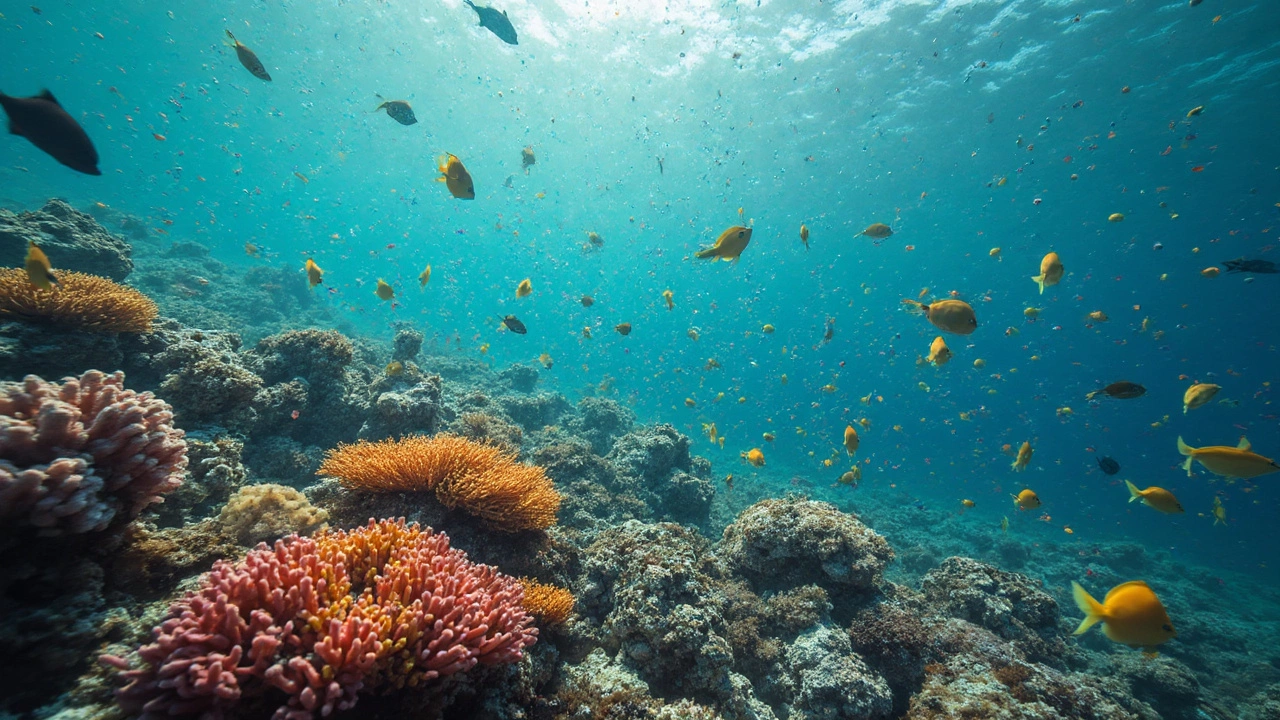- Surat: India's Top Textile City - Which City Leads the Industry? Oct 2, 2025
- Understanding the Dynamics of Small Scale Production Processes Jan 7, 2025
- Top Steel Producers: Finding the Best Quality Worldwide Feb 19, 2025
- Discovering 3 Essential Types of ROM in Food Processing Mar 5, 2025
- Top Pharma Plants in India: Leading Manufacturers in 2025 Oct 17, 2025
Plastic Types: A Simple Guide to Picking the Right Material
Plastic is everywhere, but not all plastic is the same. Knowing the basic families helps you avoid costly mistakes and choose a material that actually works for your job.
Common Categories of Plastics
The two biggest groups are thermoplastics and thermosets. Thermoplastics melt when you heat them, so you can reshape or recycle them many times. Think of the clear containers you get for food, the zip‑lock bags, or the car bumpers – those are usually made from polyethylene, polypropylene, or PET.
Thermosets, on the other hand, harden once and stay that way. You can’t melt them again without destroying the structure. They’re great when you need heat resistance or a strong, rigid part. Common examples are epoxy resin used in circuit boards and phenolic plastic found in electrical switches.
Beyond those, there are specialty plastics like biodegradable PLA (polylactic acid) made from corn starch, which breaks down in compost conditions. It’s a popular choice for eco‑friendly packaging and 3‑D printing. Another niche is acrylic, known for its glass‑like clarity and weather resistance – it’s why many outdoor signs and aquariums use it.
Each type has its own set of properties: density, flexibility, impact resistance, and how it reacts to chemicals. For instance, PVC (a thermoplastic) resists acids and is used for pipes, while nylon (another thermoplastic) is tough and low‑friction, perfect for gears and bearings.
Choosing the Right Plastic for Your Project
Start by asking what the part will face. If it’s exposed to high heat, pick a thermoset like epoxy or a high‑temperature thermoplastic such as PEEK. For outdoor use, UV‑stable plastics like polycarbonate will hold up longer than standard acrylic.
Next, think about strength versus flexibility. Need a part that bends without cracking? Polypropylene offers great flexibility. Need something rigid that won’t deform under load? ABS or HDPE are solid choices.
Cost matters, too. Cheap projects often use low‑grade polyethylene, while high‑performance aerospace parts might require carbon‑filled polyetheretherketone (PEEK), which is pricey but extremely strong.
Don’t forget recycling. If you want a circular solution, select a plastic that local facilities accept – PET, HDPE, and LDPE are the most widely recycled. Biodegradable options like PLA are good for short‑life items, but they need industrial composting to break down properly.
Finally, test a small sample if you’re unsure. A quick heat test (just a small piece in hot water) can tell you if it’s a thermoplastic. Scratch a corner – if it leaves a powdery residue, it may be a thermoset.
Knowing these basics lets you match the right plastic to the job without guessing. Whether you’re a hobbyist, a small business, or just curious, the right choice saves time, money, and headaches.
What Plastic Pollutes the Ocean the Most?
- Aarav Sekhar
- Apr 13, 2025
Plastic pollution in the ocean is a huge problem, with certain types of plastic causing more damage than others. Understanding which plastics are most harmful can help us make better choices and push for more responsible manufacturing and waste management practices. From microplastics to large debris, each type of plastic presents unique challenges to marine life and ecosystems. This article explores the major culprits of ocean plastic pollution and suggests practical tips for reducing their impact.
